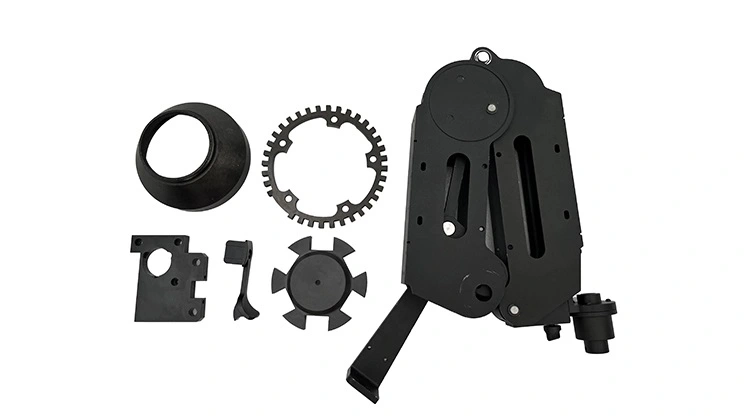Feb 10 , 2025
The low volume process refers to a manufacturing strategy focused on producing limited quantities of products or components, typically ranging from 10 to 10,000 units, while balancing cost-efficiency, flexibility, and quality. This approach is increasingly vital in industries requiring rapid prototyping, customization, or niche market responsiveness. Below, we break down its definition, key characteristics, and practical applications.

Low volume manufacturing (LVM) prioritizes smaller production runs over mass-scale output. Unlike high-volume processes optimized for economies of scale, LVM emphasizes:
Customization: Tailoring products to specific client needs or niche markets.
Reduced Tooling Costs: Avoiding expensive molds or dedicated machinery.
Agility: Rapid design iterations and faster time-to-market.
Flexible Workflows: Adaptable to design changes without significant downtime.
High Precision: Leverages technologies like CNC machining and 3D printing for accuracy.
Scalability: Acts as a bridge between prototyping and full-scale production.
Simplify geometries for manufacturability (e.g., minimizing undercuts for CNC machining) .
Use digital tools (CAD/CAM) to simulate production and identify cost-saving opportunities.
Common methods include:
CNC Machining: Ideal for metals and plastics, offering high precision without custom tooling.
3D Printing: Suitable for complex geometries and rapid prototyping.
Injection Molding (Low-Volume): Uses aluminum molds for shorter lead times and lower costs compared to steel molds.
Opt for readily available materials (e.g., ABS, aluminum) to avoid delays.
For specialized applications (e.g., aerospace), use high-performance alloys or composites.
Implement real-time monitoring systems (e.g., AI-driven visual inspection) to ensure consistency.
Conduct small-batch testing to validate tolerances and functionality.
Surface treatments (anodizing, painting) or assembly steps tailored to low-volume needs.
Cost Efficiency
Avoids high upfront tooling investments, ideal for startups or SMEs.
Market Responsiveness
Quickly adapt to trends or customer feedback (e.g., limited-edition consumer goods).
Sustainability
Reduces material waste through precise production and minimized overstock.
| Challenge | Solution |
|---|---|
| Higher per-unit costs | Optimize designs for faster machining or printing. |
| Quality consistency | Use automated QC systems (e.g., smart sensors) . |
| Limited supplier options | Partner with specialized LVM providers (e.g., 3ERP) for end-to-end support. |
Aerospace: Prototyping lightweight components or replacement parts.
Medical Devices: Custom implants or surgical tools in small batches.
Automotive: Limited-run performance parts or EV components.
Consumer Electronics: Iterative prototyping for wearables or IoT devices.
In-House: Offers control but requires capital for machinery and expertise.
Contract Manufacturing: Providers like Xinya specialize in low volume CNC, injection molding, and post-processing, reducing risks and costs.
The low volume process is a cornerstone of modern manufacturing, enabling businesses to innovate rapidly while minimizing financial risks. By integrating technologies like CNC machining and 3D printing, companies can achieve precision, flexibility, and scalability—critical for thriving in today’s dynamic markets.